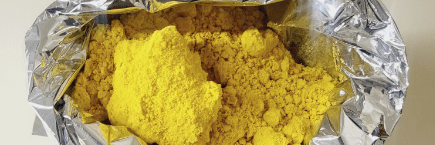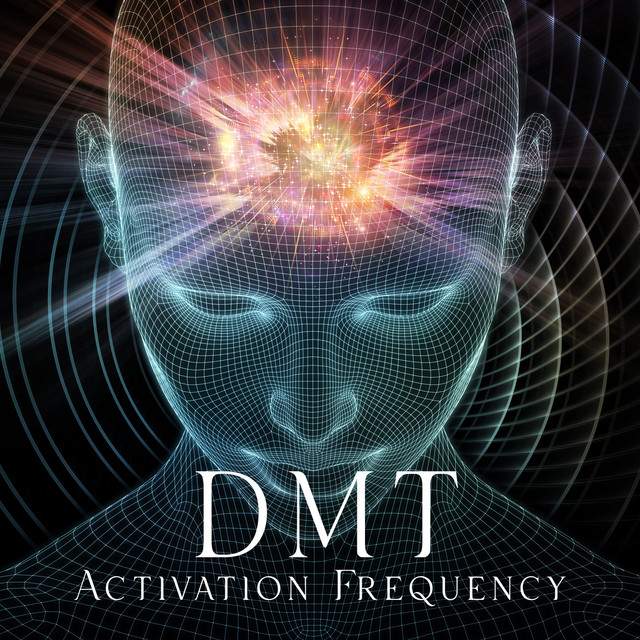DMT and the Mainstreaming of Psychedelics | Rick Strassman MD ~ ATTMind 65
Psychedelics are no longer confined to the fringes of society or the underground counterculture. Over the past decade, these substances have entered mainstream conversations, sparking widespread interest in their therapeutic potential, spiritual significance, and role in personal transformation. Among these, DMT (Dimethyltryptamine) has gained significant attention, thanks in large part to the groundbreaking work of Dr. Rick Strassman. His book, “DMT: The Spirit Molecule,” and subsequent interviews, such as episode 65 of the ATTMind Podcast, have played a pivotal role in shifting the narrative surrounding psychedelics.
What is DMT?
DMT, or Dimethyltryptamine, is a naturally occurring psychedelic compound found in various plants and animals, including the human brain. Often referred to as the “spirit molecule,” it is known for its profound, fast-acting, and otherworldly effects.
Key Facts About DMT:
- Chemical Structure: Similar to serotonin, a neurotransmitter involved in mood and perception.
- Effects: Intense visual hallucinations, a sense of unity, encounters with “entities,” and deep spiritual insights.
- Duration: A typical DMT experience lasts 10–20 minutes when smoked, but its intensity makes it feel timeless.
Rick Strassman’s Role in Psychedelic Research
Dr. Rick Strassman, a clinical psychiatrist and researcher, conducted some of the first government-approved studies on psychedelics in the 1990s after a decades-long research hiatus. His pioneering work focused on DMT, exploring its effects on human consciousness and its possible connection to near-death experiences and mystical states.
Key Contributions:
- Clinical Research on DMT:
- Strassman administered intravenous DMT to volunteers, meticulously documenting their experiences.
- Participants reported entering other dimensions, encountering beings, and experiencing profound spiritual awakenings.
- Cultural Impact:
- His book “DMT: The Spirit Molecule” introduced DMT to a global audience, bridging science, spirituality, and culture.
- The documentary adaptation further amplified the conversation.
- Psychedelics in Spiritual Contexts:
- Strassman hypothesized that DMT might be naturally released during significant life events, such as birth, death, and mystical experiences, linking it to the pineal gland.
The Mainstreaming of Psychedelics
The 21st century has seen psychedelics, including DMT, move from the shadows into the spotlight. Factors contributing to their mainstream acceptance include:
- Therapeutic Applications:
- Studies on psilocybin, MDMA, and ayahuasca (a brew containing DMT) show promise in treating PTSD, depression, and addiction.
- Psychedelics are increasingly recognized as tools for psychological healing rather than just recreational substances.
- Cultural Shifts:
- Media coverage, books, and documentaries have demystified psychedelics, sparking curiosity among the public.
- Thought leaders, like Strassman, have emphasized the need for responsible use and scientific rigor.
- Integration into Medicine:
- Clinics offering psychedelic-assisted therapy are opening in regions where it’s legal.
- Universities, such as Johns Hopkins and Imperial College London, are conducting cutting-edge research.
Themes Explored in ATTMind Episode 65
In episode 65 of the ATTMind Podcast, Dr. Rick Strassman delves deeper into the cultural and scientific implications of DMT and psychedelics.
Highlights:
- Spiritual and Mystical Dimensions: Strassman discusses how DMT experiences align with ancient spiritual traditions and mystical practices.
- Challenges of Mainstream Acceptance: The potential for misuse, commercialization, and loss of cultural respect for psychedelics.
- The Role of Research: The importance of maintaining ethical standards and scientific integrity in psychedelic studies.
- Psychedelics and Consciousness: Exploring how these substances expand our understanding of the human mind and its connection to the universe.
The Future of Psychedelics
As psychedelics continue to enter mainstream consciousness, the challenge lies in balancing accessibility with responsibility. Education, research, and cultural sensitivity are crucial in ensuring these powerful tools are used ethically and effectively.
Key Considerations:
- Responsible Use: Understanding the risks and benefits of psychedelics, ensuring they are used in safe, supportive environments.
- Legal and Regulatory Frameworks: Advocating for policies that allow scientific exploration while preventing misuse.
- Integration into Society: Emphasizing the role of psychedelics in healing, spirituality, and self-discovery without reducing them to mere commodities.
Conclusion
Dr. Rick Strassman’s work on DMT has been instrumental in reshaping our understanding of psychedelics and their potential to transform lives. Through his research, writings, and public appearances, he continues to inspire curiosity and dialogue about these powerful substances.
As we move into an era where psychedelics are becoming increasingly mainstream, it’s essential to approach them with respect, caution, and an open mind, recognizing their potential to unlock profound insights about ourselves and the universe.
DMT and the Pineal Gland: The Spirit Molecule & the Third Eye
For those interested in the intersection of science, spirituality, and psychedelics, exploring Rick Strassman’s work is a compelling place to start.

